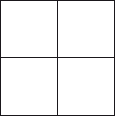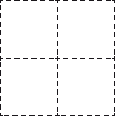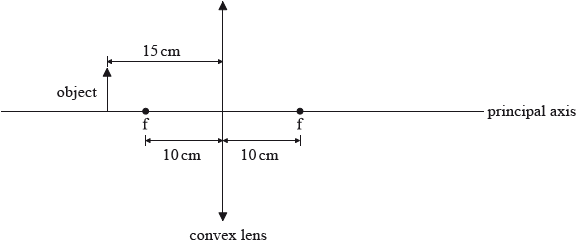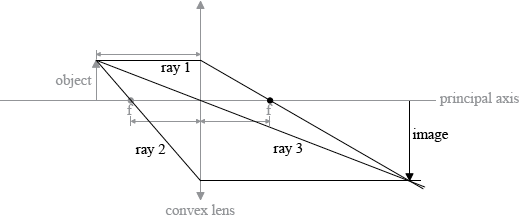| Date | November 2014 | Marks available | 3 | Reference code | 14N.3.SL.TZ0.20 |
| Level | Standard level | Paper | Paper 3 | Time zone | Time zone 0 |
| Command term | Construct | Question number | 20 | Adapted from | N/A |
Question
This question is about convex lenses.
A convex (converging) lens is used to project an image onto a screen. The focal length of the lens is 10 cm. The object is placed at a distance of 15 cm from the centre of the lens on the principal axis.
Another object, as shown, is positioned so that the centre of the object lies on the principal axis of the lens. The object is normal to the principal axis. The lens has not been corrected for spherical aberration.

The diagram shows what would be seen on the screen if the lens produced no aberrations in the image.

Define principal axis.
Construct rays to locate the position of the image.

Identify the nature of the image.
The lens is covered with a wide aperture. Using the diagram, sketch the likely appearance of the image if the lens produces spherical aberrations.
Outline why reducing the size of the aperture will reduce the effects of spherical aberration.
Markscheme
one point on axis identified – centre of curvature/focus/centre of lens and second point on axis identified – centre of curvature/focus/centre of lens/perpendicular to flat side of lens;
It is acceptable to choose 2 foci, 2 centres of curvature or a mixture.
one ray drawn correctly;
a second ray drawn correctly;
image correctly located and shown;

real/inverted/magnified;
Allow ECF from (a)(ii).
central cross shown straight;
sides curved (inwards or outwards);
rays passing through the edge of the lens are brought to a different focal point than those passing through the centre;
by covering the outer edge of the lens/reducing the aperture (only the centre of the lens is used) bringing the light to one focus;
Examiners report
Rarely did candidates give a precise definition in (a)(i).
(a)(ii) was generally well answered.
(a)(iii) was generally well answered.
Many drew correct outer lines in (b)(i) but failed to draw the correct central cross.
In (b)(ii), most could not relate spherical aberration to different focal lengths.

